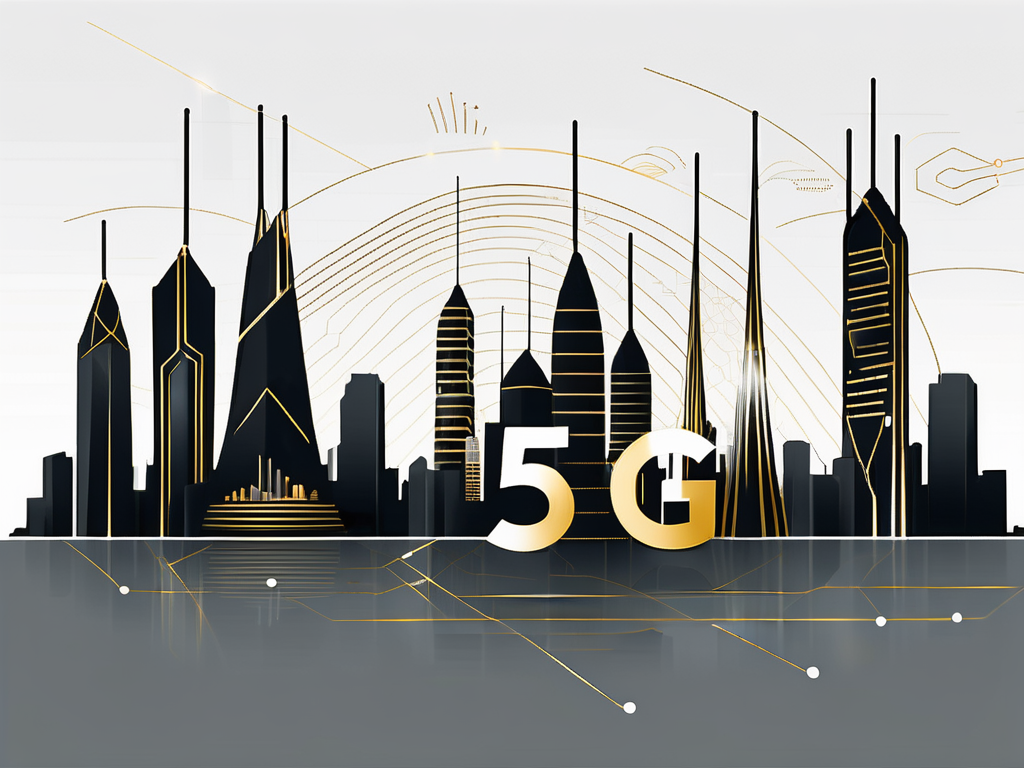
The Impact of 5G on Unified Conference Room Connectivity and Efficiency
In the era of digital transformation, the advent of 5G technology has revolutionized various sectors, including the way we conduct meetings and conferences. As a company that specializes in unified conference room connectivity, Pavion understands the significance of this transformation and the potential it holds for businesses worldwide. This article aims to shed light on the impact of 5G on unified conference room connectivity and efficiency.
The Advent of 5G Technology
5G, or fifth-generation technology, is the latest iteration of cellular technology, engineered to increase the speed and responsiveness of wireless networks. With 5G, data transmitted over wireless broadband connections could travel at rates as high as 20 Gbps by some estimates – exceeding wireline network speeds – as well as offer latency of 1 ms or lower for uses that require real-time feedback. 5G will also enable a sharp increase in the amount of data transmitted over wireless systems due to more available bandwidth and advanced antenna technology.

In the context of unified conference room connectivity, 5G technology has the potential to significantly enhance the efficiency and productivity of meetings. By providing a seamless, high-speed, and reliable connection, 5G can facilitate smooth video conferencing, quick file sharing, and real-time collaboration, regardless of the participants’ geographical locations.
5G and Unified Conference Room Connectivity
Unified conference room connectivity refers to the integration of various communication services like voice, video, data, and internet services into a single, unified system. This integration facilitates seamless communication and collaboration, thereby enhancing the efficiency of meetings and conferences. With the introduction of 5G, this unification is set to reach new heights.
5G technology can significantly improve the quality of video conferencing, a critical component of modern meetings. With higher speeds and lower latency, 5G can support high-definition (HD) and ultra-high-definition (UHD) video conferencing, providing a near face-to-face interaction experience. This improvement can lead to better communication, improved understanding, and thus, more productive meetings.
Real-time Collaboration
5G can also facilitate real-time collaboration during meetings. With its high-speed and low-latency features, 5G can support simultaneous screen sharing, real-time document editing, and other collaborative activities without any lag. This capability can significantly enhance the efficiency and productivity of meetings, especially those involving complex tasks and large teams.
Moreover, 5G can enable the use of advanced collaboration tools and technologies, such as augmented reality (AR) and virtual reality (VR), in meetings. These technologies can provide immersive and interactive experiences, thereby making meetings more engaging and effective.
5G and Unified Conference Room Efficiency
Efficiency in a unified conference room context refers to the ability to conduct meetings and conferences smoothly and productively, with minimal disruptions and delays. 5G technology can significantly enhance this efficiency in several ways.
Firstly, by providing a high-speed, reliable connection, 5G can eliminate common issues like video lag and dropped calls, which often disrupt meetings and hinder communication. This reliability can ensure that meetings are conducted smoothly, without any technical glitches.
Enhanced Security
5G can also enhance the security of unified conference rooms. With its advanced encryption and authentication features, 5G can protect sensitive data shared during meetings from unauthorized access and cyber threats. This security is crucial for businesses dealing with confidential information.
Furthermore, 5G can support the integration of advanced security systems, such as the EST3 and EST4 fire control panels manufactured by Edwards. These systems unify fire alarm, smoke control, security, and mass notification systems, thereby providing comprehensive security for conference rooms.
Increased Productivity
By facilitating real-time collaboration and high-quality video conferencing, 5G can significantly enhance the productivity of meetings. It can enable participants to communicate effectively, share ideas quickly, and make decisions promptly, thereby reducing the time spent on meetings and increasing the time available for other productive activities.
Moreover, 5G can support the use of productivity-enhancing tools and technologies in meetings. For example, it can enable the use of artificial intelligence (AI) for tasks like meeting scheduling, participant management, and note-taking, thereby automating routine tasks and freeing up time for more critical activities.
Conclusion
The advent of 5G technology has the potential to revolutionize unified conference room connectivity and efficiency. By providing a high-speed, reliable, and secure connection, 5G can enhance the quality of video conferencing, facilitate real-time collaboration, and increase the productivity of meetings. As a company specializing in unified conference room connectivity, Pavion is at the forefront of this transformation, helping businesses harness the power of 5G to conduct more efficient and productive meetings.
While the full potential of 5G in the context of unified conference room connectivity is yet to be realized, the prospects are promising. As 5G technology continues to evolve and mature, it is set to bring about significant improvements in the way we conduct meetings and conferences, thereby transforming the business landscape.
Explore the Future of Your Conference Room with Pavion
Ready to embrace the future of connectivity and efficiency in your conference rooms? Pavion is here to guide you through the transition to a 5G-enabled environment, ensuring your meetings are more productive and your collaborations more seamless. Don’t miss the opportunity to lead your industry with cutting-edge technology solutions. Get a Free System Assessment today and take the first step towards a smarter, safer, and more connected business with Pavion.
